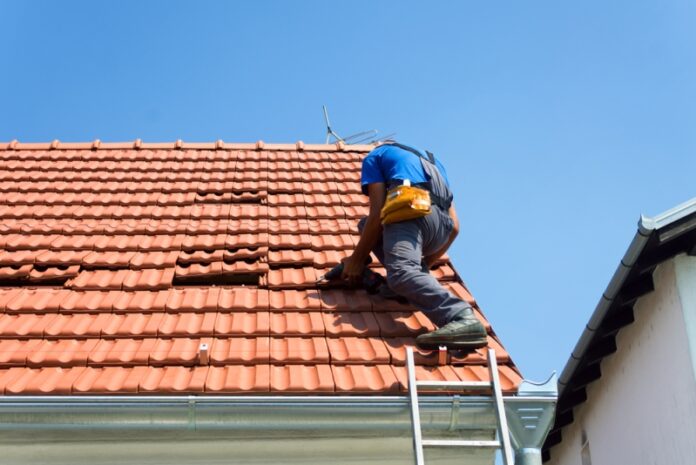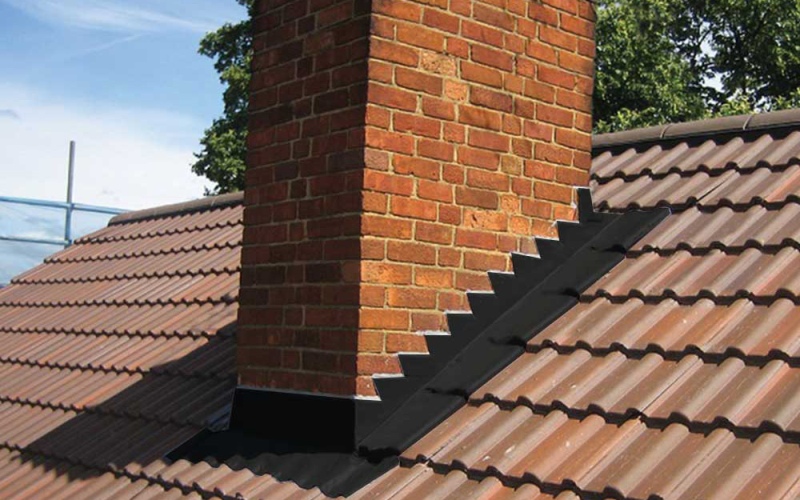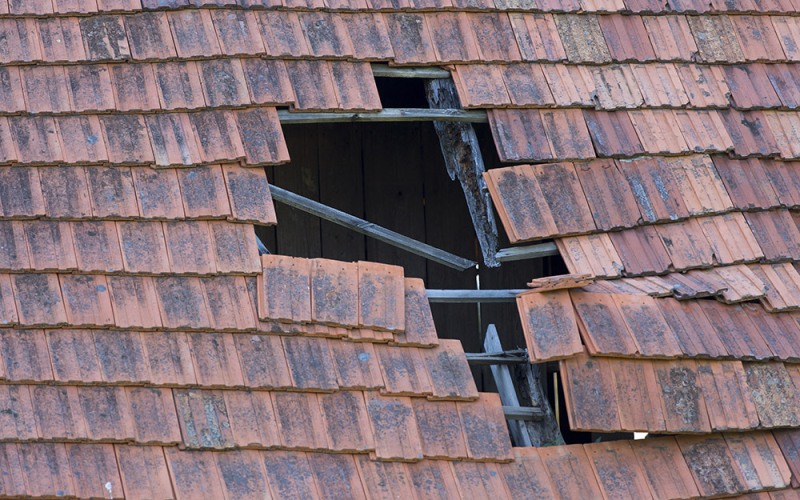When you own a house, it requires maintenance from time to time. Similar to every other personal asset that you own, a house goes through different kinds of wear and tear over time. If you maintain a list of things that you need do to repair at your home, the roof of your house will probably take the first position. In this article, we will discuss how to patch a leaking roof.
To your relief, not everything in need of repairing requires the assistance of a professional worker. Now, what would you do if you found a leaking roof? To be able to patch up a leaking roof is not at all an undoable job. You can patch it up all by yourself!
Patch Up A Leaking Roof
The process is quite simple, indeed if you once understand the problem. There are quite a few methods to fix a leaking roof. However, today you are going to learn one of them.
Try fixing your shingles! Once you have figured out the leak on your roof, all you have to do is replace the impaired shingles then patch the worn out and torn parts of your roof.
At last seal any form of gaps. However, for bigger damage, do call a professional. Let us now talk about the process in details for your better understanding.
1. Look for any damage to the roof on the ceiling right above the watermarks
You may also choose to wait for when it rains, and then you can quickly identify the spot where the leak is. However, if you still fail to trace the leak, look for water damage in your house. If there is an attic in the house, try looking there with a torch and searching for moulds.
Write the area or site where you can find any evidence and then examine the similar locations on your home’s exterior. Given that you have a slanted roof, investigate the areas at a higher position than the ones where you found evidence of a leak in the house interior.
Water or moisture penetrates the leak and enters into the attic because of gravity. If you face trouble, try running the house for a minute or two along with various spaces around and on the roof. You will need a person inside the house who can alert you if they find or spot water.
2. Investigate around the roof to find possible wears and tears that are widespread
Watch out for the cracked, missing, or curled shingles at sites of the leak and evaluate the overall condition of the roof. Also, watch out for several missing shingles, broad gaps at the point where a chimney or vent meets the roof materials along with other possibilities of damage and tears.
Repairing one or a few shingles and filing the insignificant gaps are somewhat simple fixes. However, scraps of missing shingles and widespread damage are indicators to alert you that the roof needs to be fixed or changed, especially when it has lasted for more than a decade or two. Moreover, you may have issues with the structure if you find moulds or rots on the attic’s roof boards.
3. Align and rearrange the curled up shingles
A lot of times, the asphalt shingles start to curl in shape, eventually over a while. Cautiously uncurl any curled up shingles then make use of a caulking gun to paste a bit of roof sealant underneath the lifted corners. Shingles conventionally transform into elastic in warm weather or temperatures.
However during colder temperatures, you have to soften the curled shaped shingle by using a dryer. It is needed because of shingles characteristics of being brittle in a colder atmosphere. Please do not use any heat or warm source with greater intensity or power than blow dryers as it can damage the shingle.
4. Use roof sealant to fix a clean crack
It is not vital or essential to substitute a shingle that has a clean tear. Instead, applying a dense dab of roof sealant on the damage or crack. Push the shingle downwards and apply another dab of adhesive on the cracked space.
Using a putty knife can also help to spread the adhesive over the edges around the cracks. To hide the repair, search the roof and try to find quantities of asphalt granules. Gather a tiny amount and then disperse them in the sealant to disguise the colour with the shingles by matching the colour.
5. Replace the missing or damaged shingles
Your task would be to drive yourself to a hardware shop and get a match-able replacement. Then with the help of a pry bar, try to remove the damaged shingle carefully. Lastly scrape out the surface area underneath to get rid of leftover cement.
Conclusion:
Getting help from a professional is excellent. You do feel confident about the work done. However, it often may not be convenient. What if you need immediate maintenance work, but you are unable to get one? Sometimes you wish you could help yourself. If you do feel that way, this is the right place for you. Give this article a good read and learn about one of the easy and doable methods of patching up a leaking roof.




















